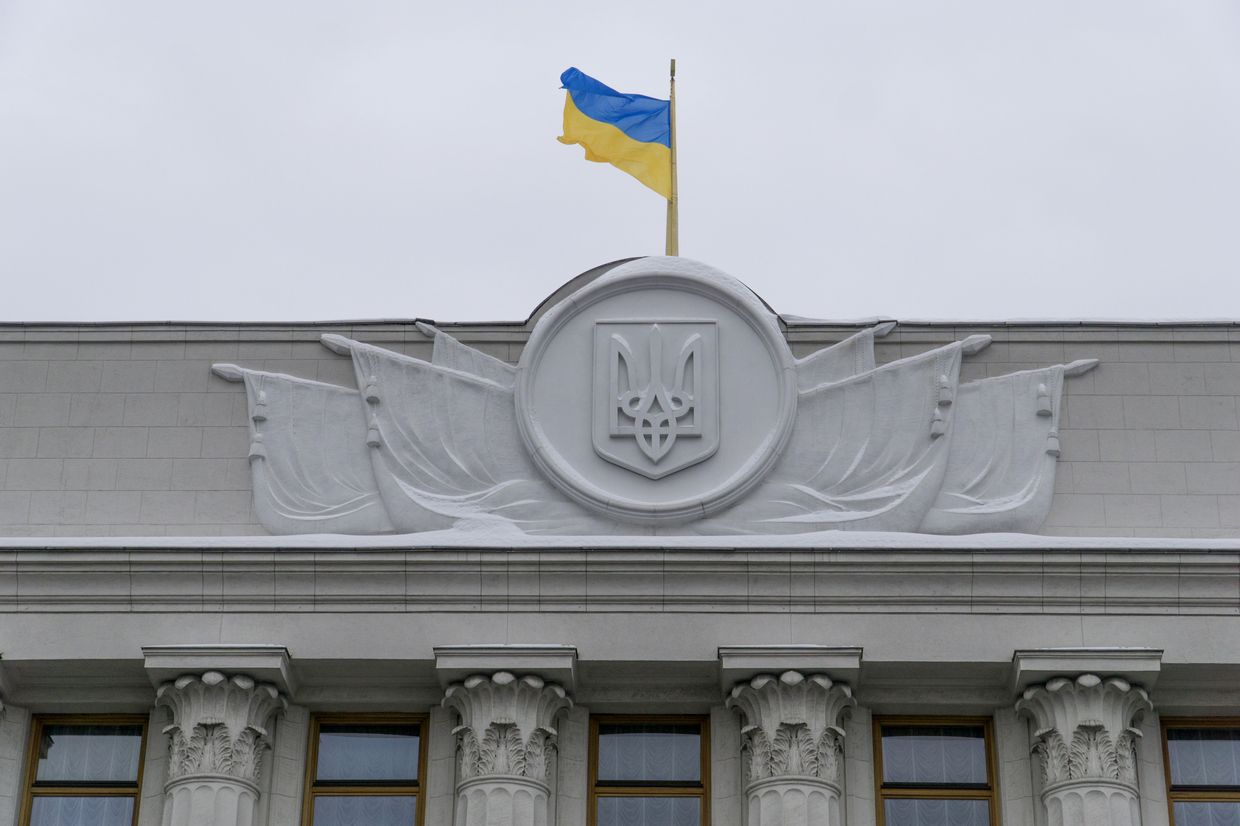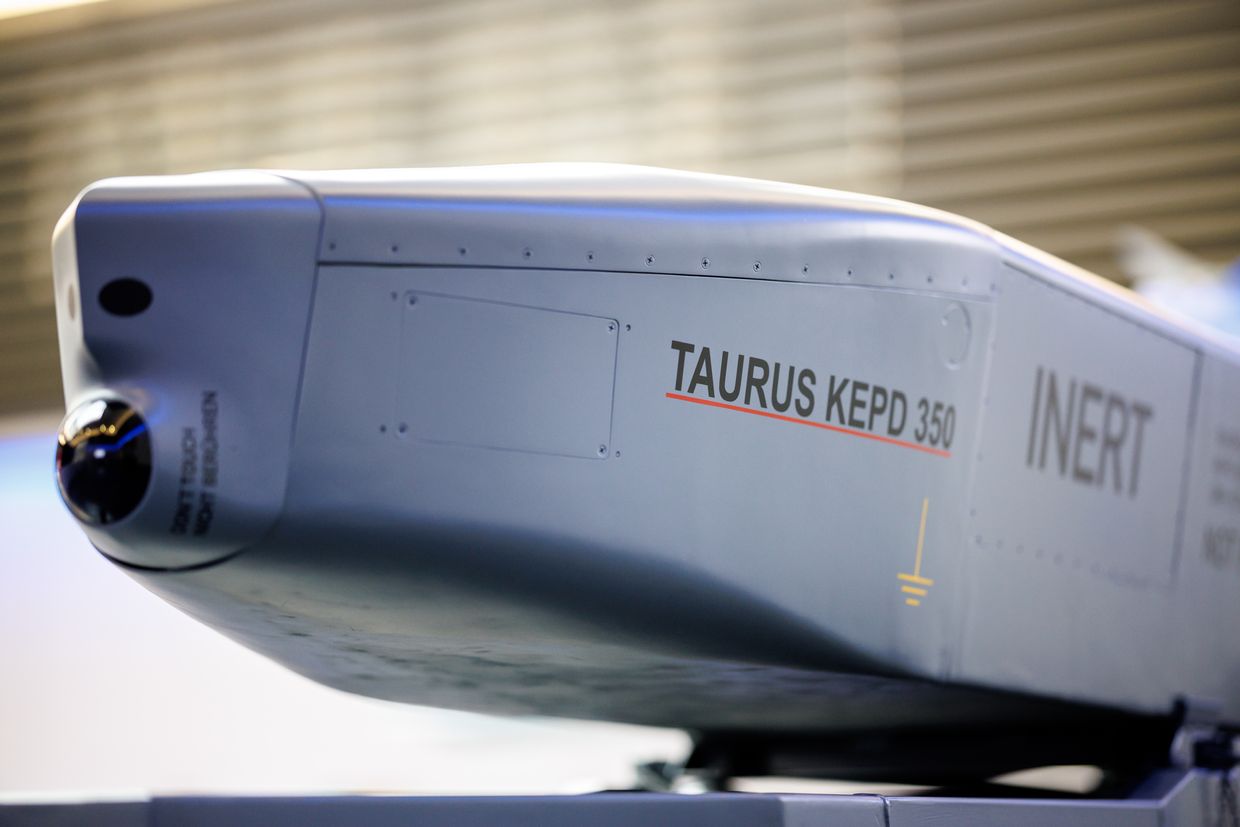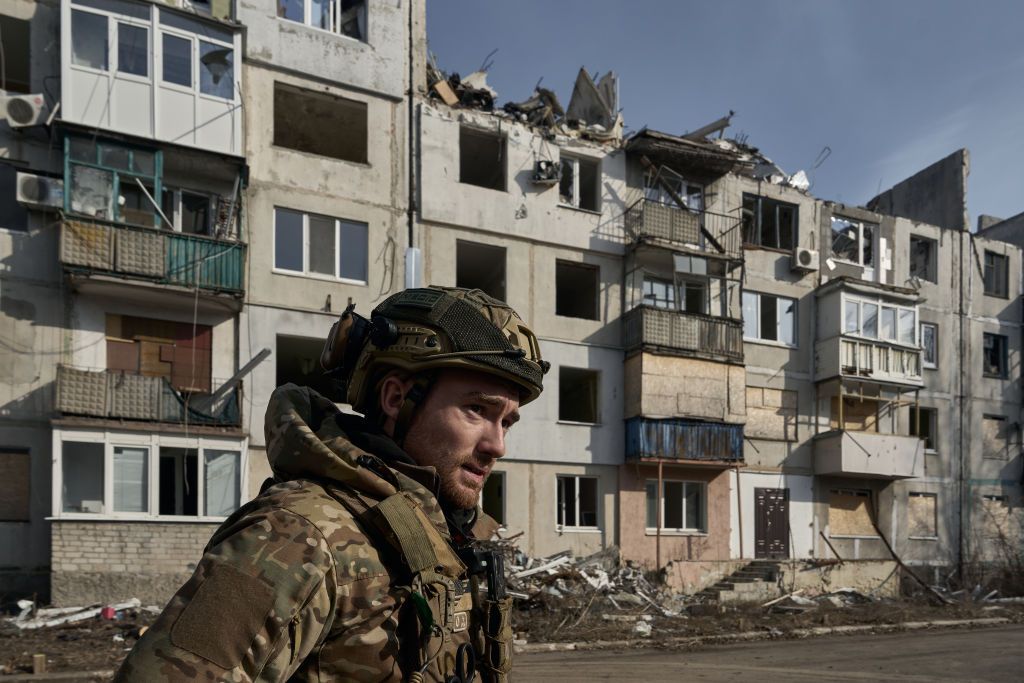Despite the uncertainty surrounding a potential resolution to the war, Ukrainians know one thing for sure: we must ramp up our defense capabilities to effectively defend against current and future Russian aggression. This requires the rapid development of asymmetrical solutions to counter Russia's advantages in personnel, material, and financial resources.
Russia's invasion of Ukraine underscored the importance of technological innovation in national defense. In fact, cutting-edge technology and ingenuity have been key to Ukraine's ability to resist and achieve victories against Russia.
For example, the mass deployment of FPV drones was crucial in holding off Russian offenses during late 2023 and early 2024, when Ukraine faced severe ammunition shortages. In 2024, the Ukrainian military received more than 1 million drones — what began as a largely volunteer initiative at the start of the war was significantly bolstered by the Ukrainian state.
Ukraine continues to accelerate its efforts, with the government's Brave1 platform serving as a key birthplace for innovations. Brave1 is currently supporting over 1,500 Ukrainian tech companies with a total of $30 million in grants, in addition to providing comprehensive logistical, technical, and informational support. By engaging both domestic and foreign investors, we achieved an eightfold increase in investment in 2024 compared to 2023, reaching $40 million.
These efforts have led to the development of several crucial technologies, such as interceptor drones capable of destroying Russian reconnaissance drones like the Orlan and Zala, significantly hindering Russia's precision strike capabilities.
While these innovations are rapidly driven by the evolving battlefield situation, we can identify key strategic priorities for Ukraine in 2025 based on our experience as a leading government platform for accelerating defense tech innovation.
AI-powered defense innovations
Artificial intelligence is already widely used on the battlefield in Ukraine, with Brave1 supporting over 200 AI-driven innovations. Its applications range from analyzing photo and video data gathered by unmanned aerial vehicles (UAVs) on the battlefield through military intelligence systems like Griselda and Delta to AI-powered drones capable of hitting targets even under electronic warfare (EW) interference. The next step is moving beyond the "one drone, one operator" model to "drone swarms" — autonomous, intelligent networks of multiple drones controlled by a single operator.
Anti-Shahed defenses
"Shahed" suicide drones, originally an Iranian product, are now mass-produced and deployed by Russia daily, primarily targeting civilian infrastructure as a form of terrorist attack. Given their prevalence and devastating impact on the Ukrainian civilian population, Ukrainian innovators are likely to focus efforts on countering this threat.
Unmanned ground vehicles
While aerial drones often dominate discussions, land-based technologies are also a priority for Brave1, with over 300 solutions examined and more than 40 codified according to NATO standards. These land drones can compensate for Ukraine's personnel shortages by performing tasks currently carried out by soldiers on the ground, including reconnaissance, supporting defensive and offensive operations, cargo delivery, casualty evacuation, and mine clearing/laying. Crucially, these technologies protect Ukrainian lives. We expect to see further advancements in both the number and functionality of land-based drones in 2025.

Domestic missile program
In 2024, Ukraine managed to bring the war to Russian territory, not only through the Kursk operation but also through a number of successful long-range drone strikes deep into Russian territory, targeting the aggressor's war infrastructure. In 2025, we expect more such strikes as Ukraine's domestic missile program rapidly develops. This area is particularly important as Ukraine has faced hesitation from partners in providing long-range weapons in the past.
Stronger and smarter EW
Electronic warfare (EW) is rapidly becoming a key defense tech area as the war increasingly revolves around drone warfare, with both Russian occupiers and Ukrainian defenders using drones daily. Currently, there are more than 140 Ukrainian EW manufacturers, with more than 30 solutions already codified according to NATO standards. While most current EW solutions are short-range, focused on simple white-noise jamming, ongoing work aims to develop more powerful, long-range solutions, as well as "smarter" EW capable of operating in challenging environments.
This list is not exhaustive, and some developments may be announced after the fact for maximum impact. While uncertainty remains, one thing is clear: Ukraine has established itself as a global defense tech hub and will continue to innovate, surprising not only its enemies but the world as well.
Editor’s Note: The opinions expressed in the op-ed section are those of the authors and do not necessarily reflect the views of the Kyiv Independent.














